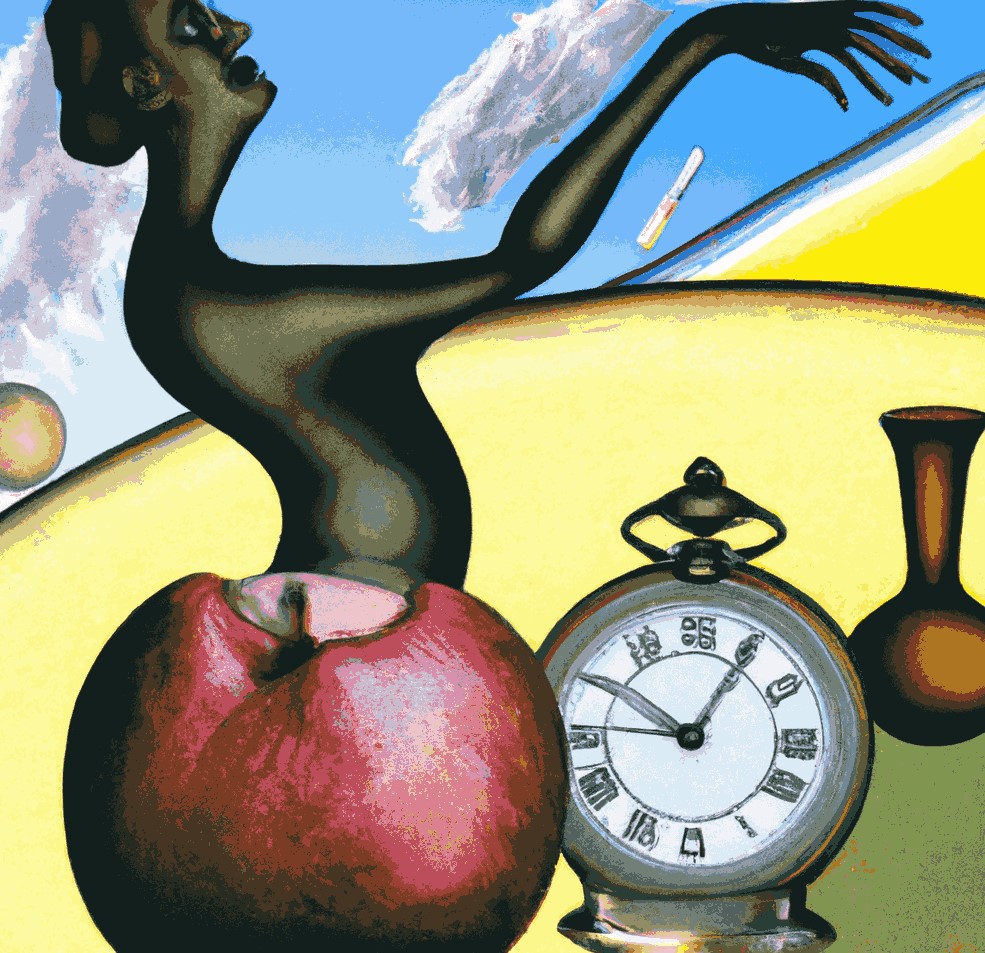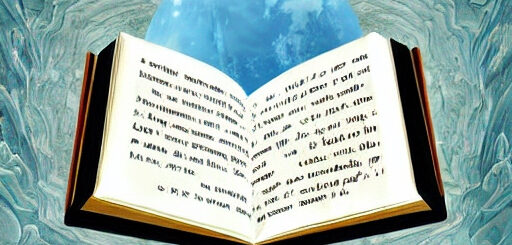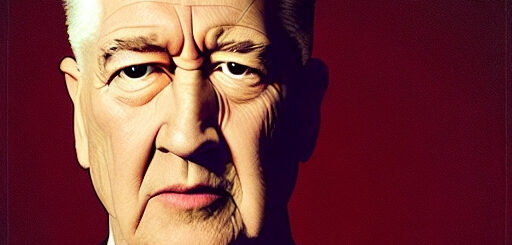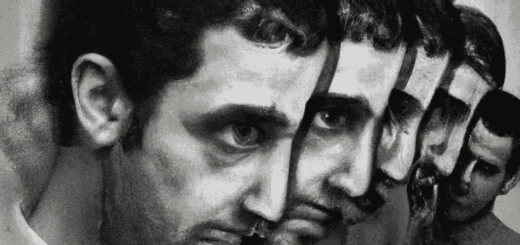Uncovering the Unconscious: Symbolism in Surrealism and Freud’s Psychoanalysis
Surrealism, the avant-garde art movement of the 20th century, is often associated with subconscious expression and the use of symbolism. The movement is commonly linked to psychoanalyst Sigmund Freud, who developed the concept of the unconscious mind. Freud’s theory of psychoanalysis greatly influenced the Surrealists, as it offered a way of unlocking the secrets of the subconscious.
Freud’s theories of the unconscious mind revolved around dream interpretation, the Oedipal complex, and the roles of the id, ego, and superego. He believed that dream images, symbols, and metaphors were a direct expression of the unconscious mind. Through his meticulous study of dream symbols and their meanings, Freud made a connection between an individual’s unconscious desires and the symbols in the artwork of Surrealism.
One of the most recognizable symbols used in Surrealism is the use of the female body. The female body represents a myriad of things, such as fertility, beauty, and sexuality. In Surrealism, the female body symbolizes the unconscious, as it is a gateway to the unknown. The female body also serves as a representation of the innermost desires of the subconscious mind.
A key element of this movement is the use of clocks and the concept of time. Clocks symbolically represent surrealism’s commitment to expanding and deconstructing the notion of reality. They challenge the idea that time is linear and represent the movement’s commitment to creating something unique and unpredictable. In art projects and literature, clocks often appear as a device to express surrealist themes and ideas. By exploring the link between clocks and surrealism, we gain a deeper understanding of the movement and its legacy.

Sigmund Freud had a lot to say about surrealism and the concept of time. He believed that time was an essential element in understanding the unconscious mind and that it was important to break away from traditional conceptions of time in order to explore our subconscious. Freud also believed that surrealism was an expression of the unconscious and that clocks, and the idea of time, play a crucial role in this exploration. He argued that clocks are symbolic of surrealism’s commitment to free-association and breaking away from traditional conceptions of reality. Freud’s ideas helped to shape our understanding of surrealism and its relationship to the concept of time.
Another prominent symbol used in Surrealism is the image of the sun. The sun is a powerful symbol of energy, power, and enlightenment. In Surrealism, the sun is used to represent the inner energy of the unconscious mind. By using the sun as a symbol, Surrealists were able to convey the power of the unconscious and its potential for awakening the mind.
In addition to the female body and the sun, Surrealists often used other symbols to represent the unconscious. One common example is the apple, which symbolizes knowledge, temptation, and the power of the unconscious. The apple can represent the forbidden knowledge that lies within the depths of the unconscious, offering insight into the hidden desires of the mind. The apple also symbolizes temptation, as it calls to the viewer to indulge in the secrets of the unconscious. Through the use of the apple, Surrealists were able to express the power of the unconscious and its influence on the mind.
Finally, the use of automatism is another important element of Surrealism. Automatism is the process of letting the subconscious take over, allowing for the expression of innermost thoughts and desires without judgement. Through the use of automatism, Surrealists were able to create art that truly embodied the spirit of the unconscious.
In conclusion, the link between symbolism in Surrealism and Freud’s theories of the unconscious is clear. Through the use of symbols, Surrealists were able to express their innermost desires and unlock the secrets of their subconscious. Freud’s theories provided an insight into the power of dream symbolism and the role of the unconscious in creating art. Together, Freud and the Surrealists revolutionized the way we think about art and the subconscious.



